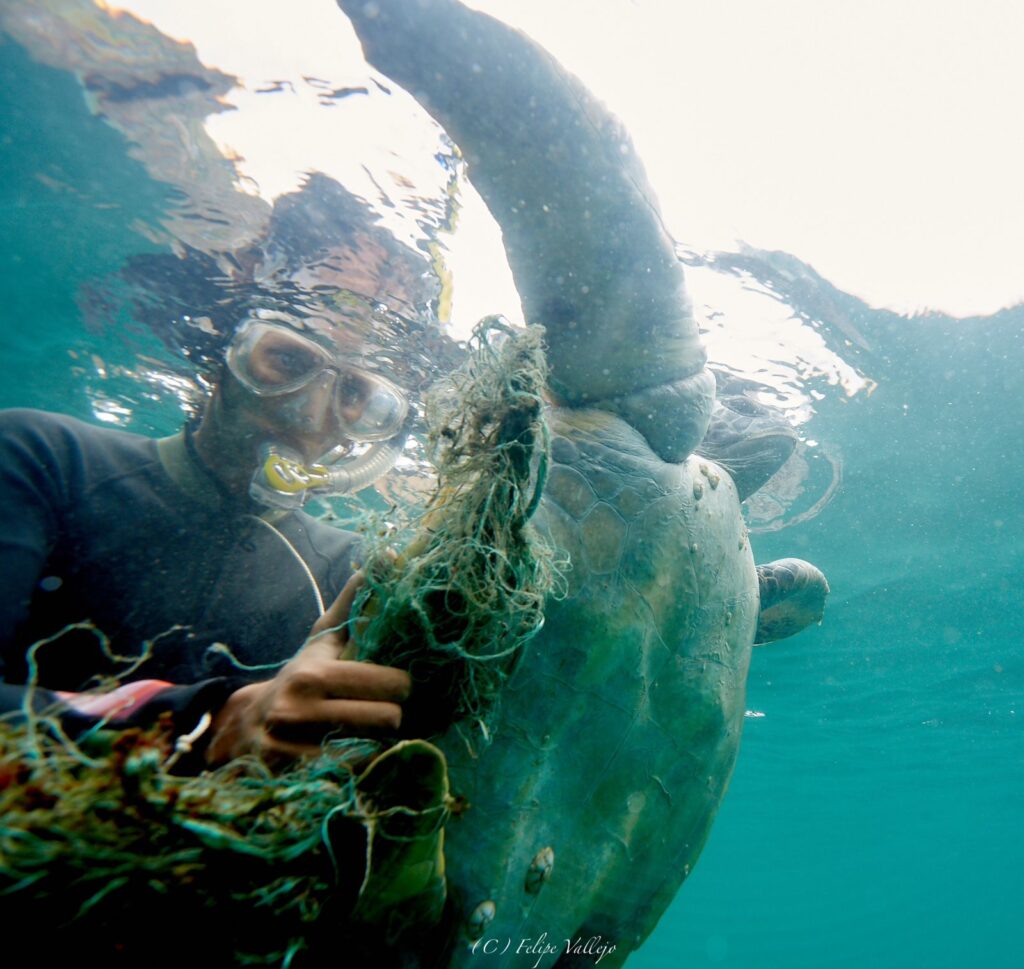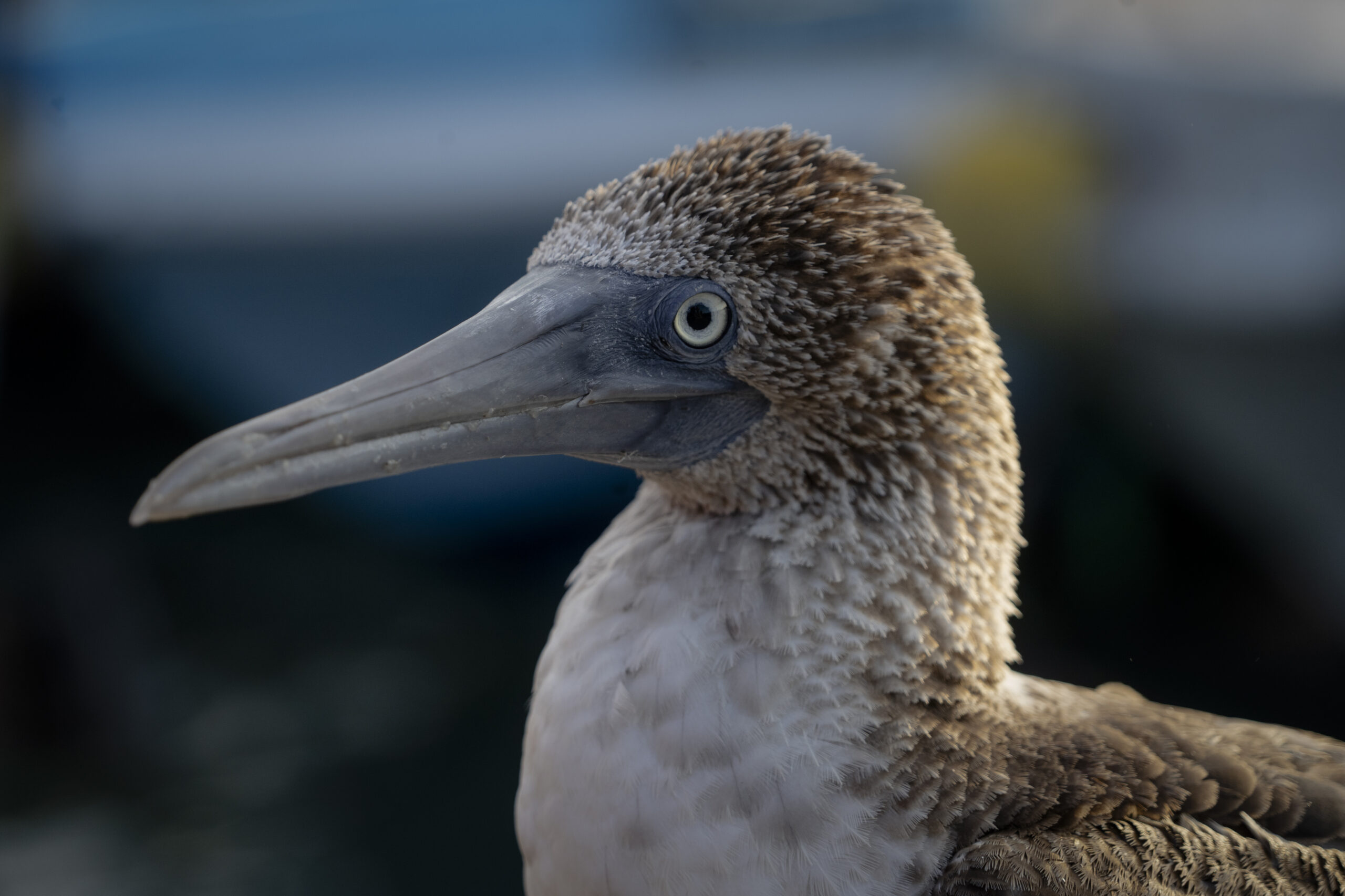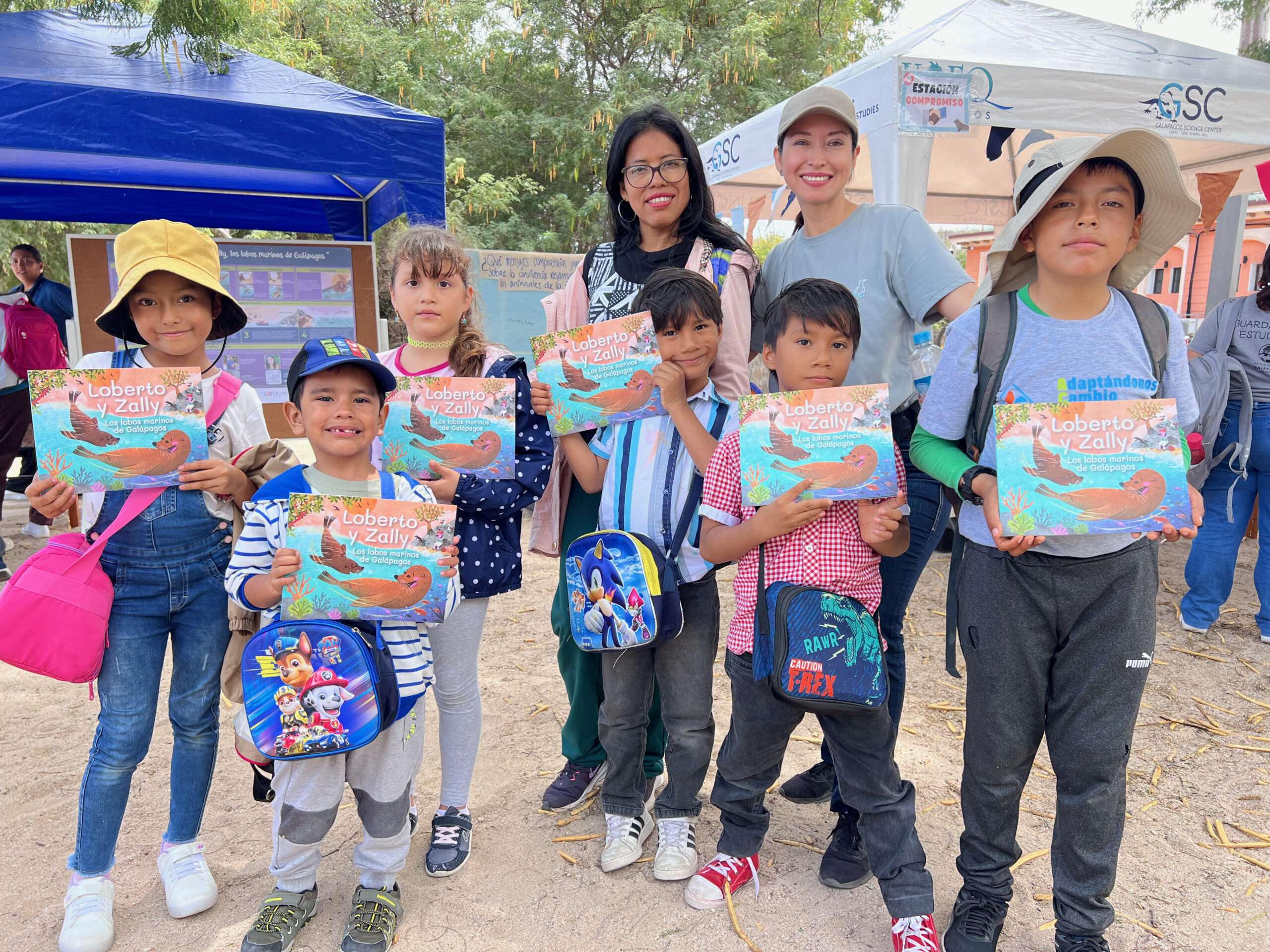Los vertebrados marinos, especialmente las tortugas verdes, son particularmente vulnerables a la contaminación por plásticos, ya sea por ingestión o enredos. Este estudio investigó a tortugas verdes juveniles (Chelonia mydas) en dos parques nacionales de Ecuador (Galápagos y Machalilla) para evaluar la prevalencia de contaminación por plásticos en sus heces y su impacto potencial en diversas métricas de salud. Se analizaron muestras fecales de 46 tortugas juveniles utilizando espectroscopía infrarroja de transformación de Fourier (FT-IR) para cuantificar microplásticos (MPs). Además, se empleó una metodología complementaria de extracción líquida presurizada con pirólisis-doble inyección de cromatografía de masas por espectrometría de gases (Pyr-GC/MS) para cuantificar las concentraciones de polímeros sintéticos. Los resultados de estos análisis se compararon con analitos sanguíneos.
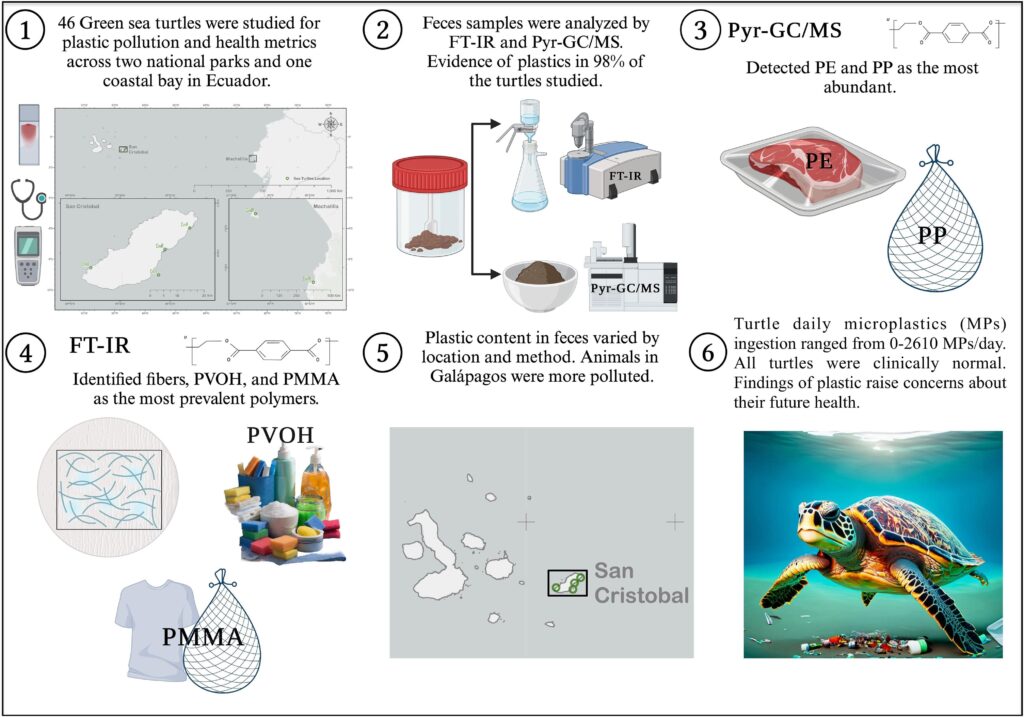
El análisis FT-IR reveló un promedio de 4.4±5.2 MPs/g en las muestras fecales, con las mayores cantidades encontradas en la Reserva Marina de Galápagos (RMG). La forma más común de MPs identificada fueron las fibras (x̄ = 3.8±4.5 MPs/g), siendo los polímeros sintéticos predominantes el alcohol polivinílico (PVOH) y los poliacrilatos (PMMA). La ingesta diaria de MPs por parte de las tortugas muestreadas varió desde un mínimo de 312±409 MPs/día hasta un máximo de 430±563 MPs/día. El análisis Pyr-GC/MS detectó polietileno (PE) con un promedio de 367±1158 μg/g y polipropileno (PP) con un promedio de 155±434 μg/g en las muestras fecales, con los niveles más altos de contaminación observados en la RMG.
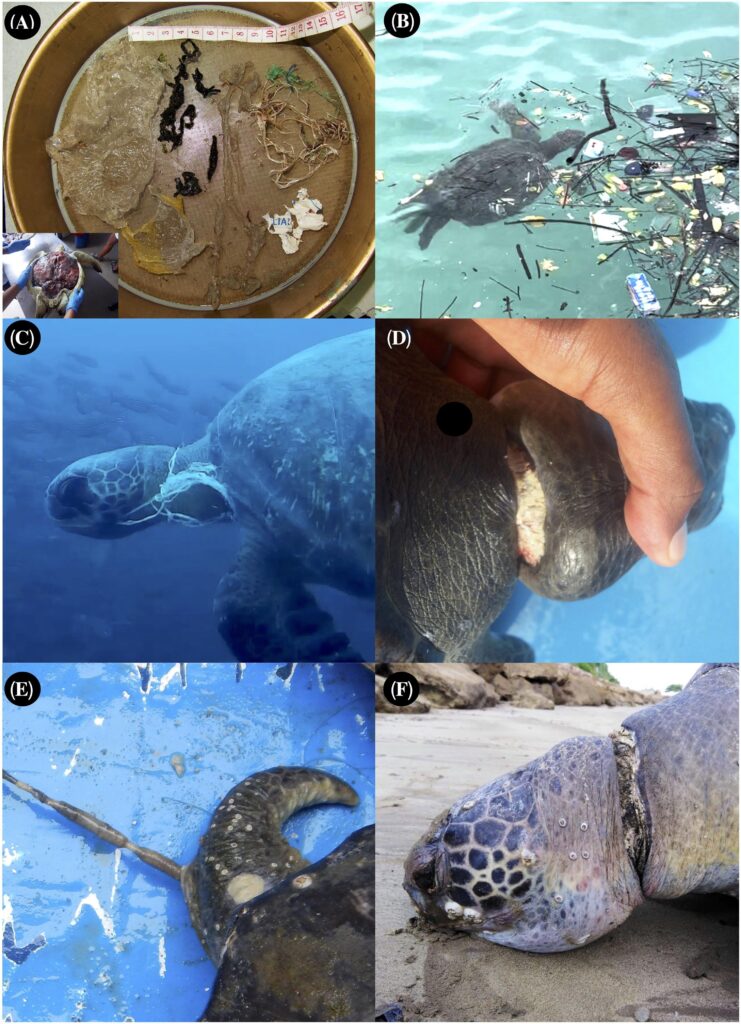
Ambas técnicas, FT-IR y Pyr-GC/MS, detectaron contaminación plástica en el 98% de la población muestreada. Aunque los métodos presentaron ligeras diferencias en los resultados debido a variaciones metodológicas, ambos apoyaron el hallazgo de que las tortugas en la RMG estuvieron expuestas a mayores tasas de ingestión de plásticos. A pesar de que las tortugas parecían clínicamente sanas según el análisis de sangre, se observaron diferencias significativas en once métricas de salud entre las tortugas clasificadas como menos y más en riesgo por contaminación plástica. Se requiere más investigación para comprender las posibles implicaciones para la salud de estos hallazgos
Conoce más de esta investigación aquí:

